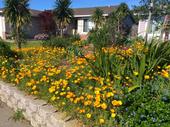- Author: Belinda Messenger-Sikes
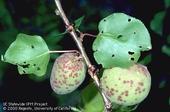
After years of drought, we welcome rain in California. But we also recognize that rain can help spread a number of plant diseases. Rain and wind can splash bacteria and fungi from infected leaves, branches, and blossoms to uninfected parts of the tree. The fungal diseases anthracnose, peach leaf curl, scab, shot hole blight, and the bacterial disease fire blight can all be spread by rain splash. This ability to spread by water makes these diseases more common after a wet spring. With 2023 bringing quite a bit of rainfall and 2024 looking similarly wet, we want to focus on some common rain-dispersed diseases.
Anthracnose
Anthracnose affects many trees including almond, citrus, Chinese elm, and...
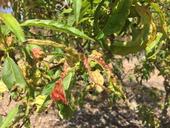
Peach leaf curl is a fungal disease that only affects peach and nectarine trees. The fungus causes distorted, reddened leaves to appear on the tree in the spring. While many peach and nectarine trees don't begin to show obvious symptoms of peach leaf curl until the spring, the time to manage the disease is in late fall and winter.
If left untreated for several years, trees can decline and need to be removed. In some cases, peach leaf curl can affect the quality of fruit too.
To effectively control peach leaf curl, spray an appropriate fungicide in the fall or winter, after leaf drop but before flower buds swell in the spring. The fungal spores overwinter on peach and nectarine twigs and flower buds. If left...
- Author: Lauren Fordyce
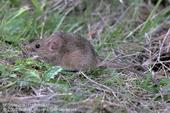
You may not think about rodents such as rats, mice, or gophers until they become a pest around your home. Because rodents can be major pests in and around homes, gardens, landscapes, restaurants, and other buildings, each year pest control experts “celebrate” Rodent Awareness Week. Rodent Awareness Week (October 16-22) is an annual campaign created by the National Pest Management Association to educate the public about the potential harm associated with rats and mice. In addition to damaging structures and property, rodents can transmit diseases to humans and other animals. During the fall and winter months, rodents will seek food and shelter in...
- Posted by: Lauren Fordyce
- Author: Belinda J. Messenger-Sikes
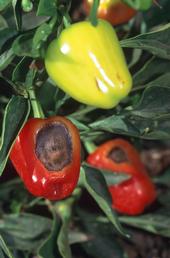
Abiotic plant disorders are generally caused by environmental conditions, rather than microorganisms. They are sometimes called noninfectious diseases. Abiotic disorders can develop if a plant's needs are not being met. Abiotic disorders can not only damage a plant directly but could predispose trees and shrubs to attack by insects and pathogens. Disorders and pests often act in combination, such as when drought stress or root injuries make trees susceptible to bark beetles and root decay pathogens.
Common causes of abiotic disorders include too much or not enough water, compacted soil, nutrient deficiency (often caused by imbalanced soil pH), excess soil...
- Author: Belinda J. Messenger-Sikes
- Contributor: Karey Windbiel-Rojas
